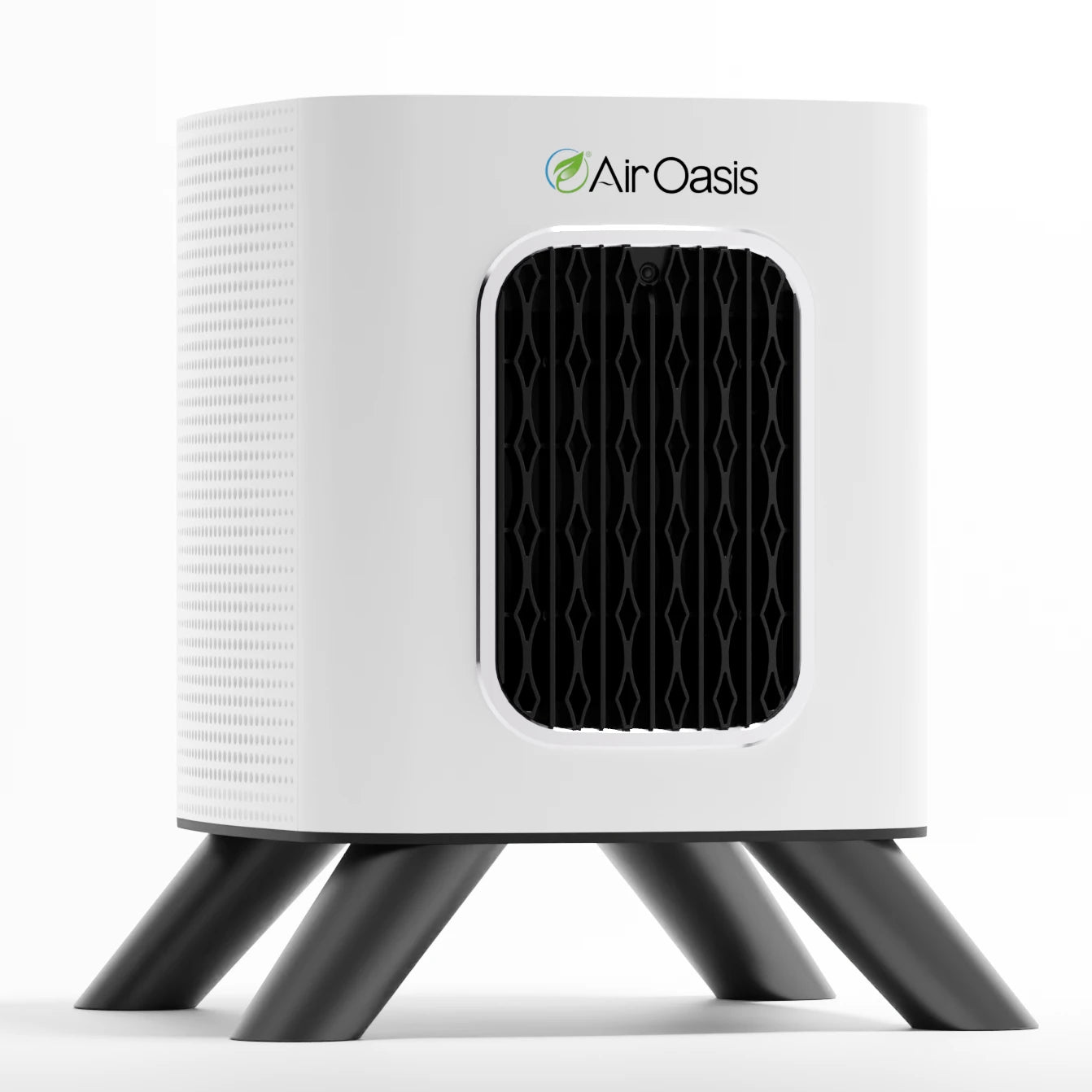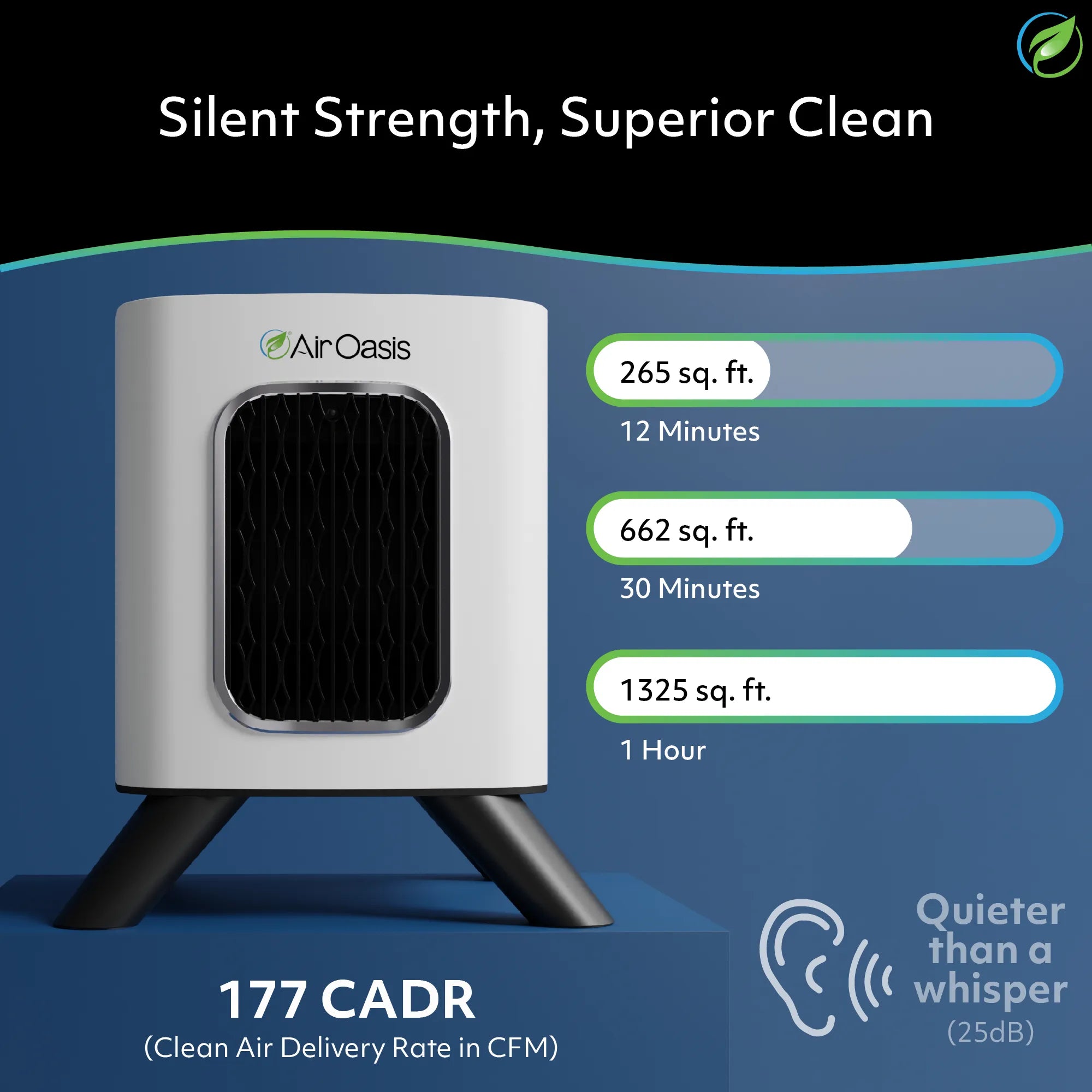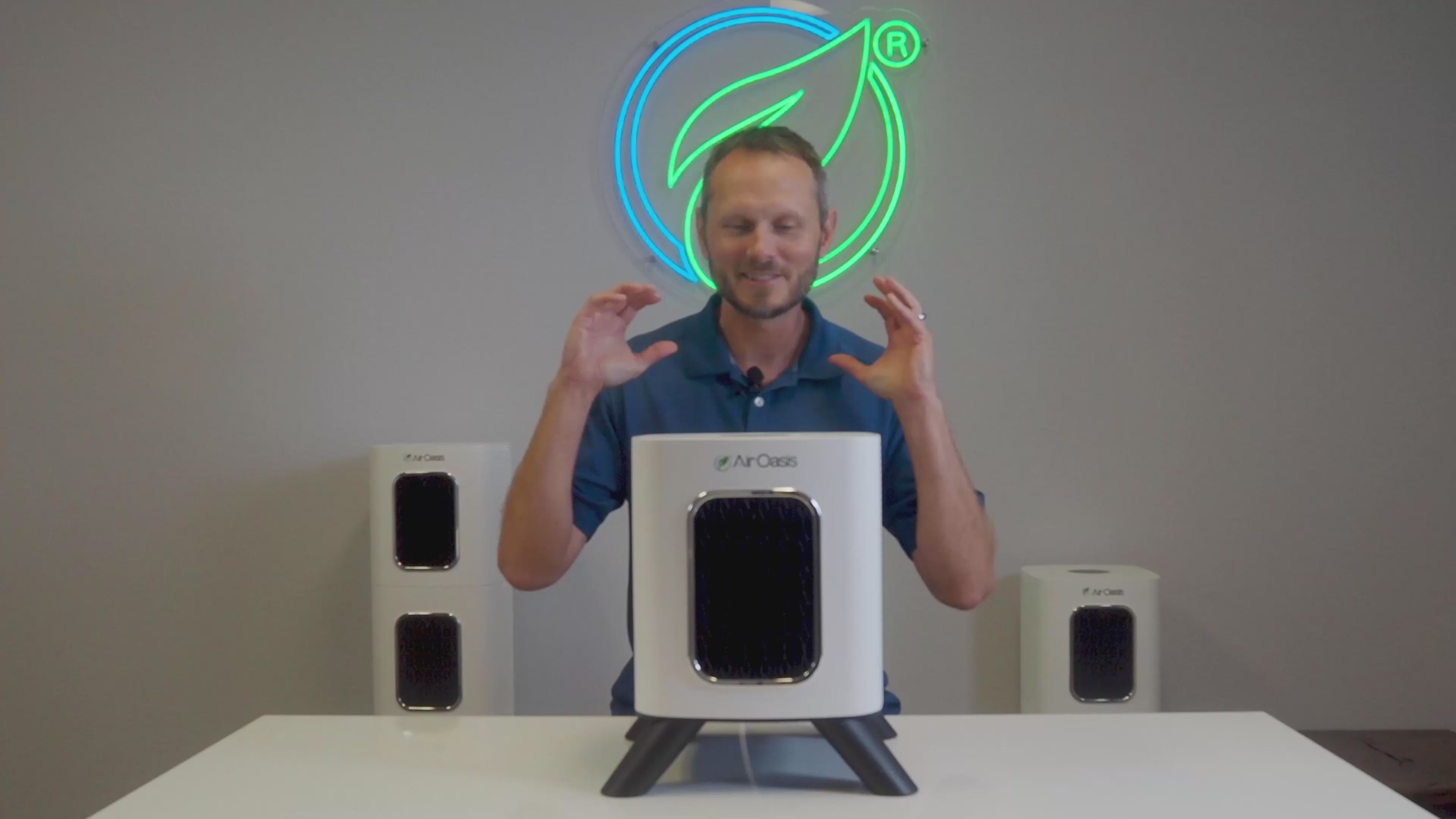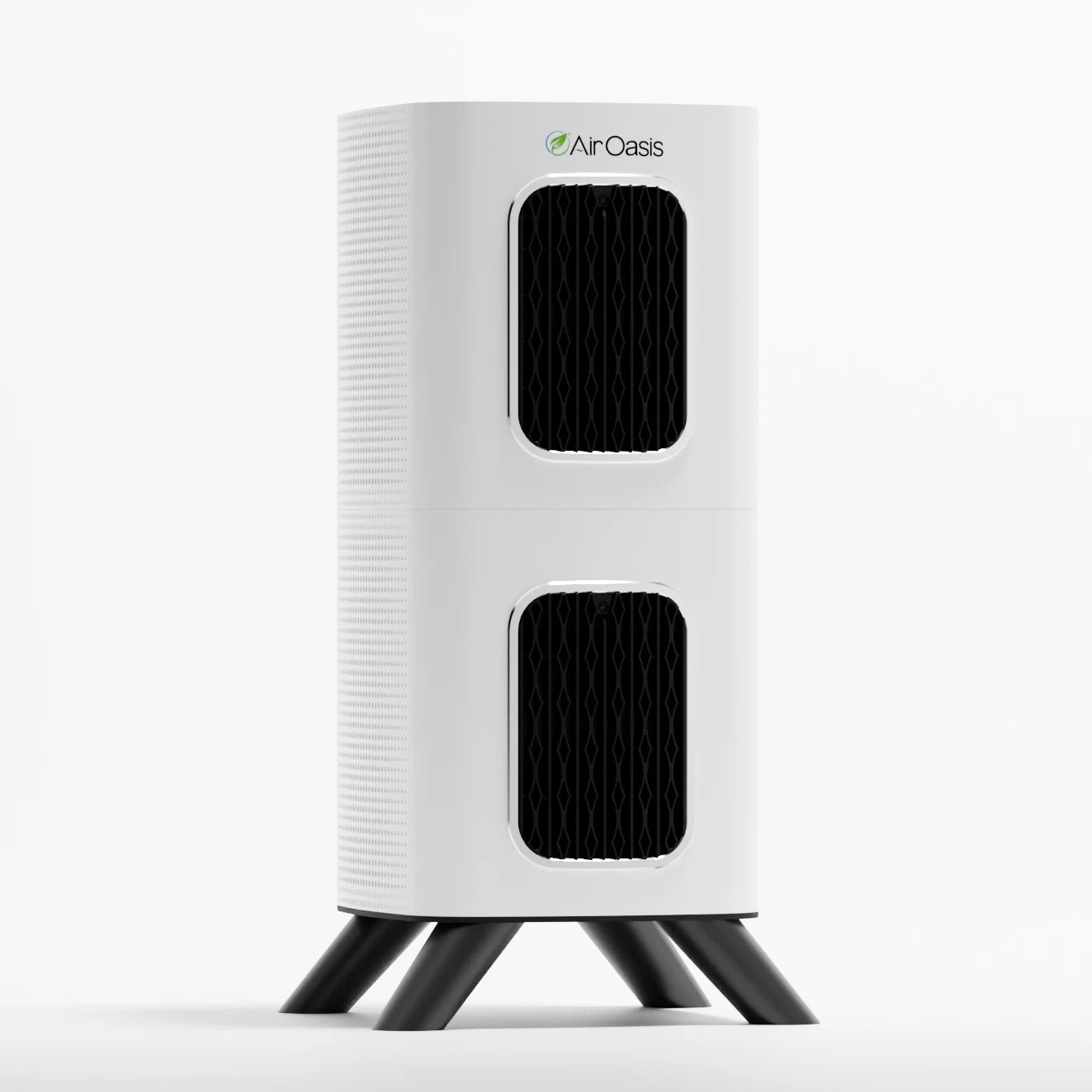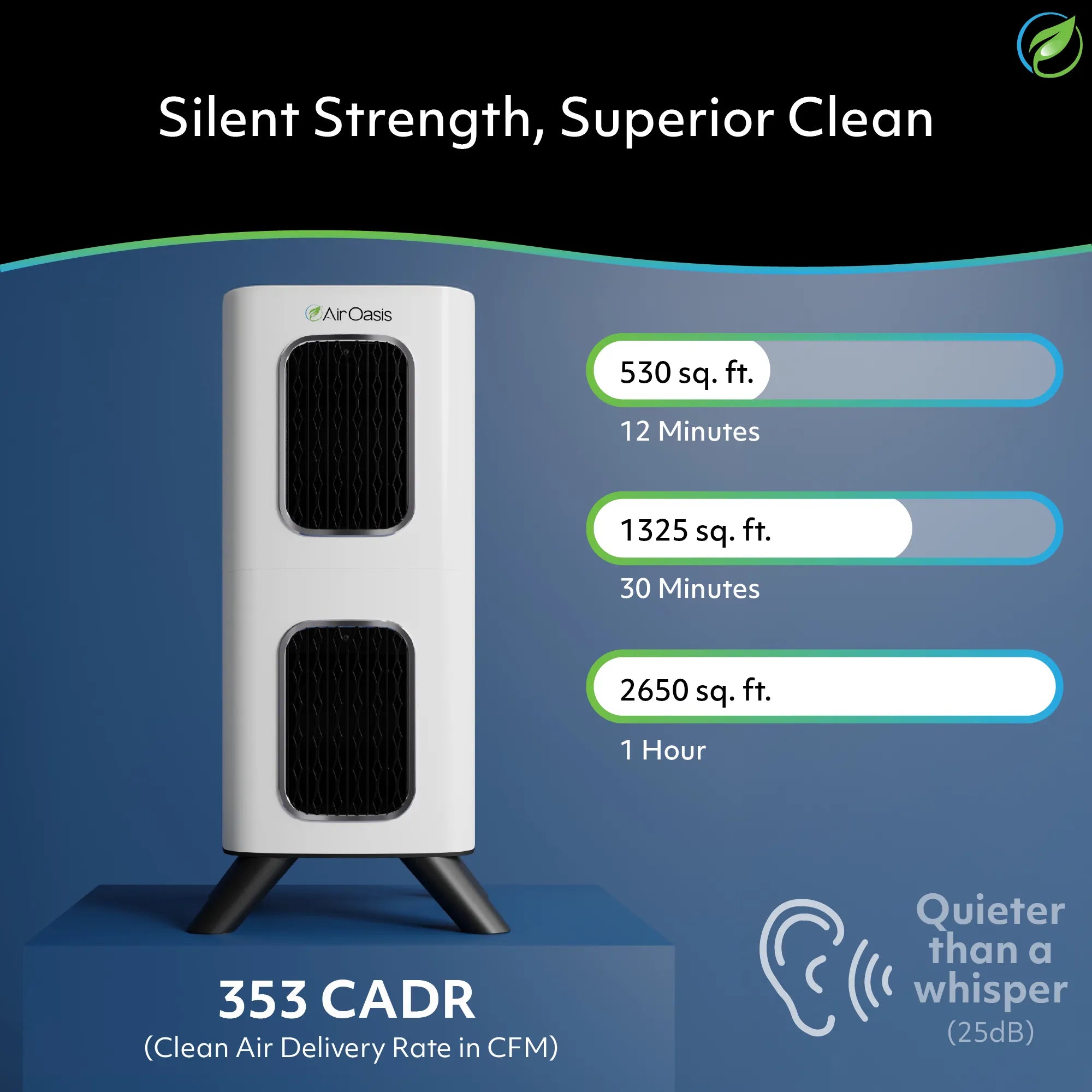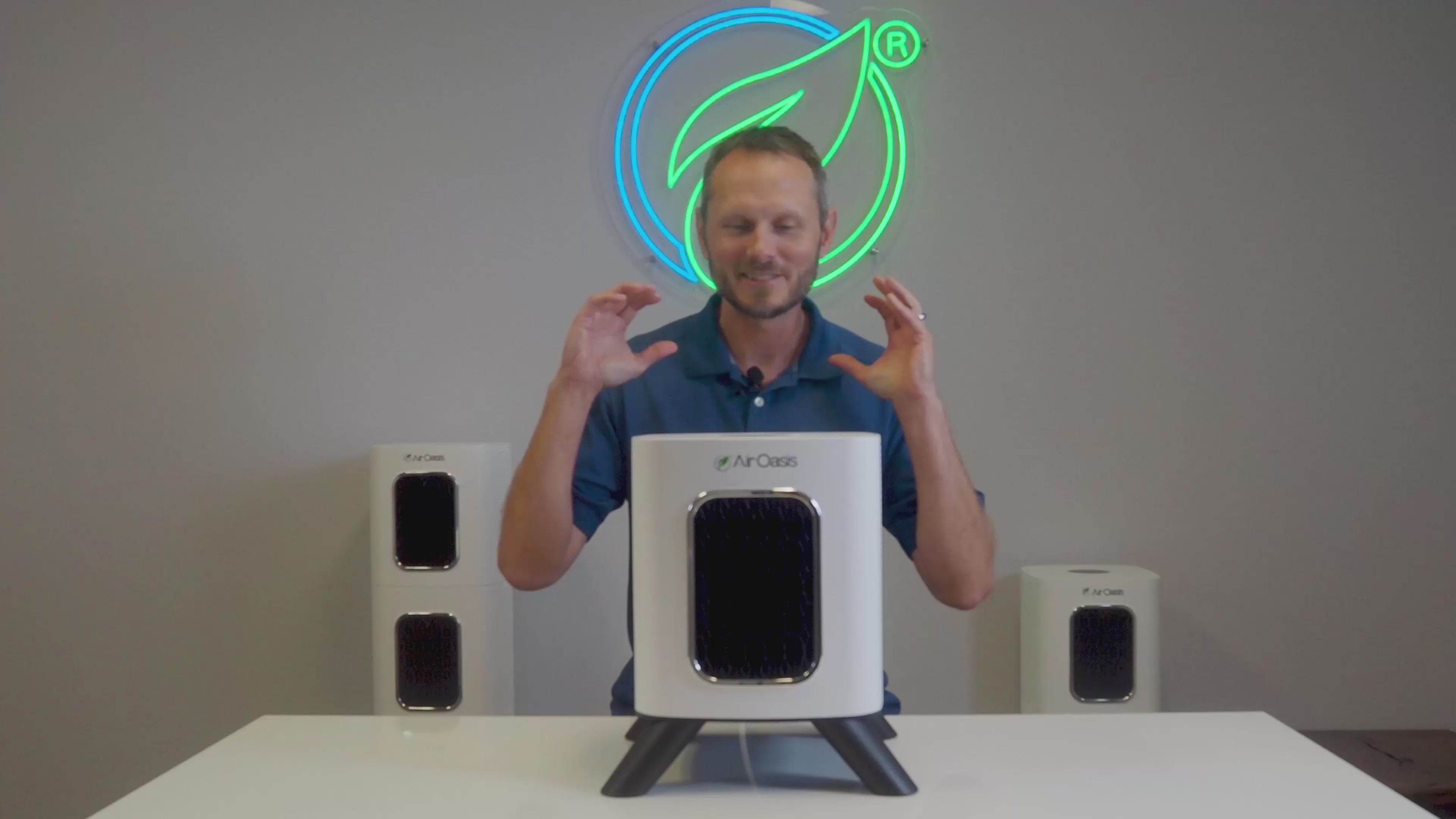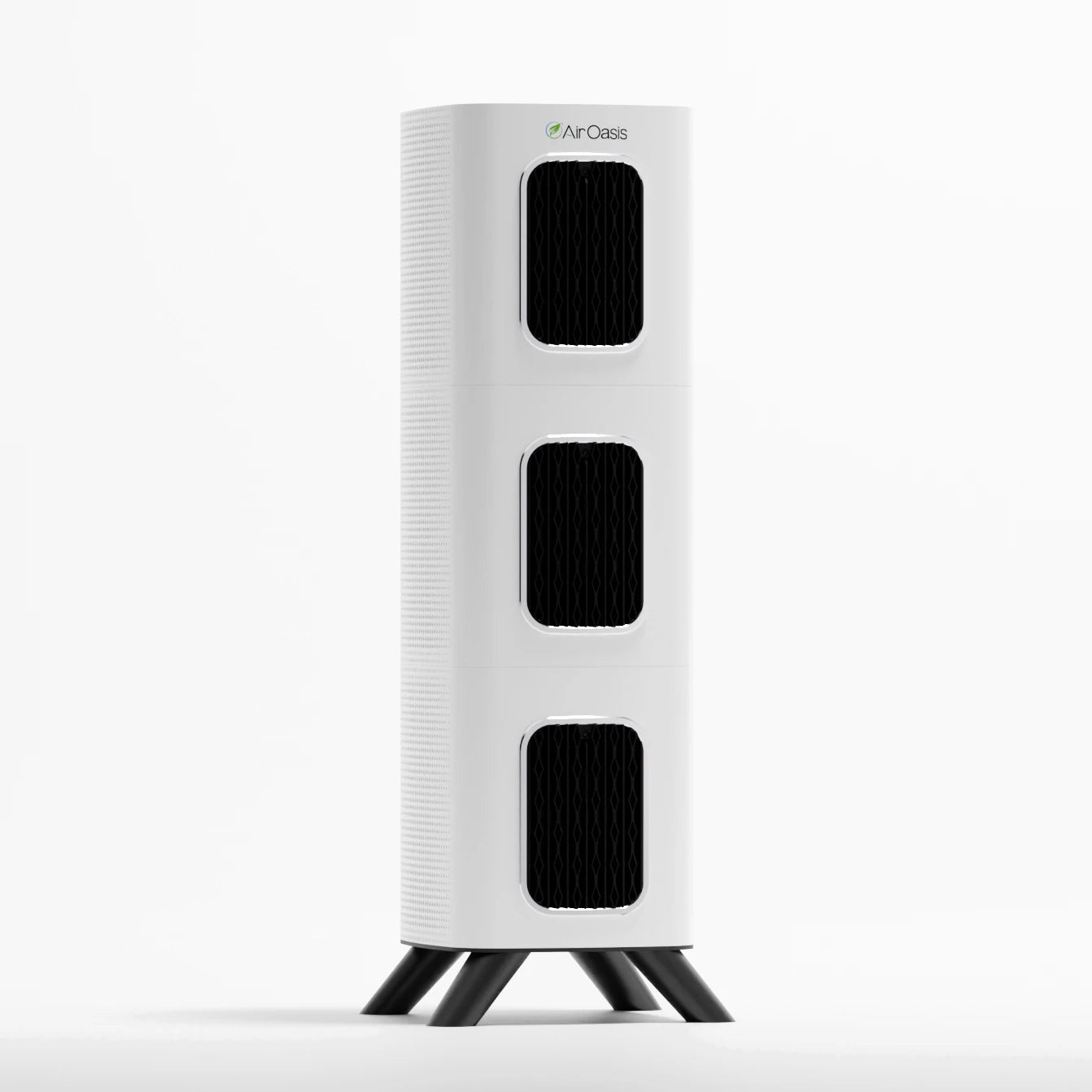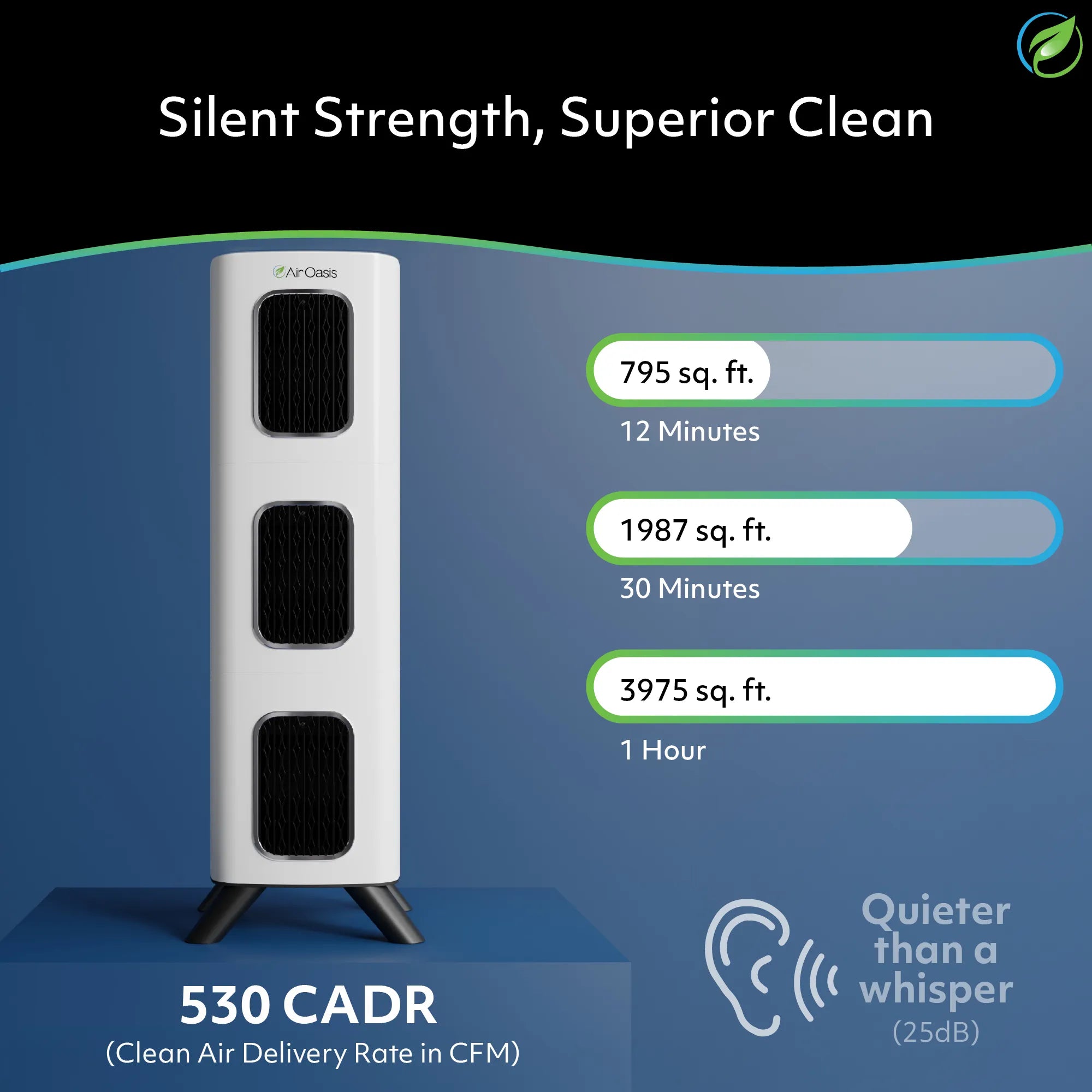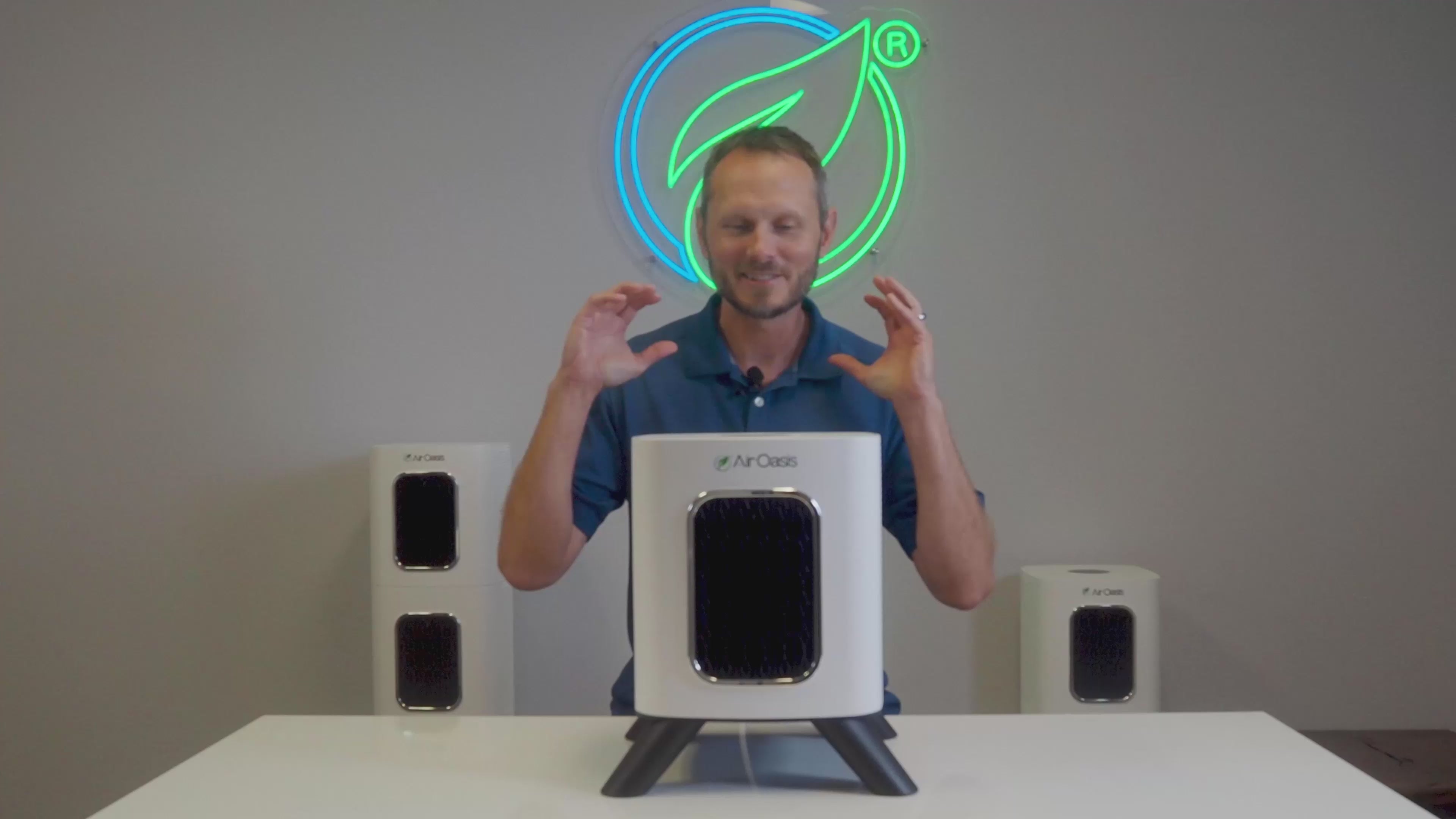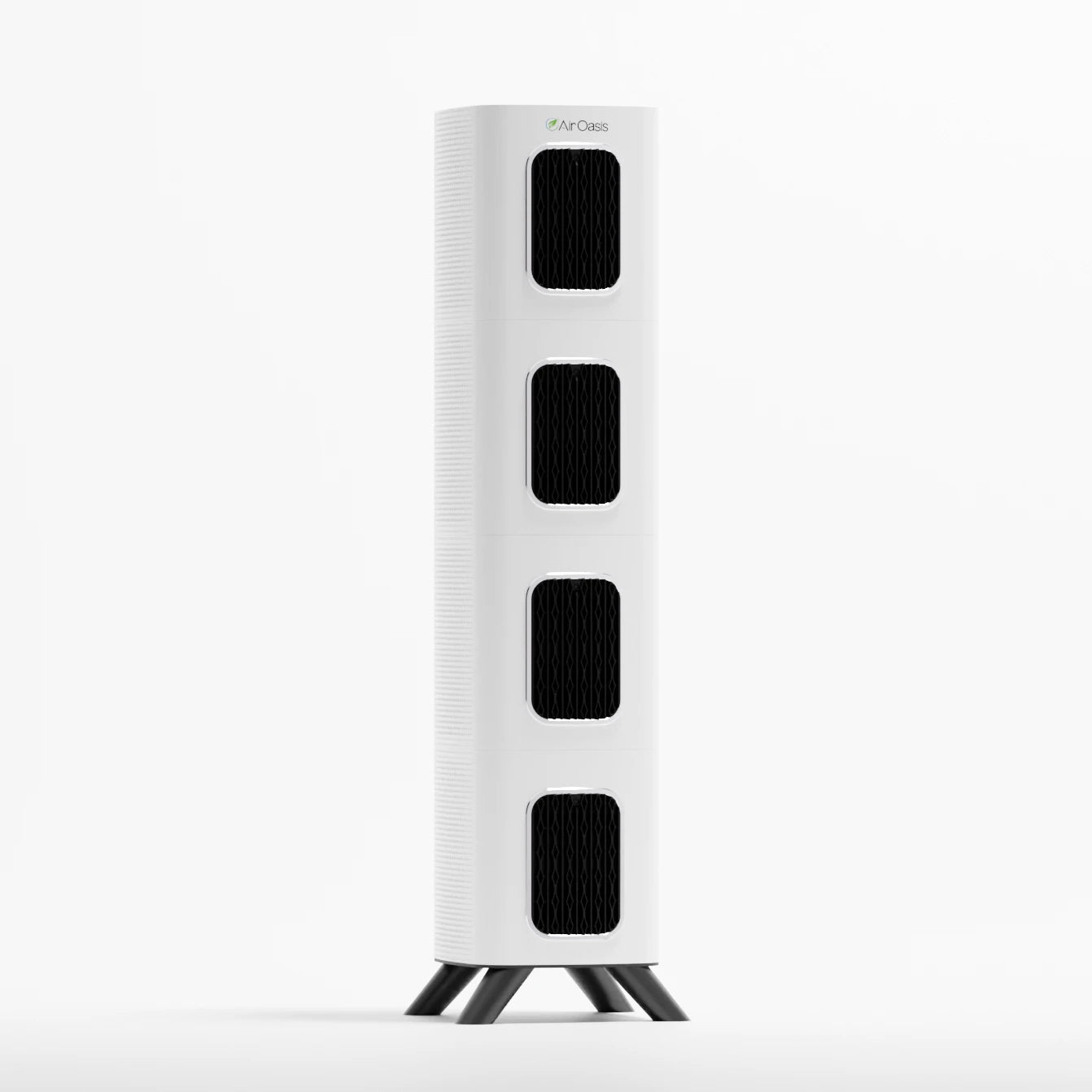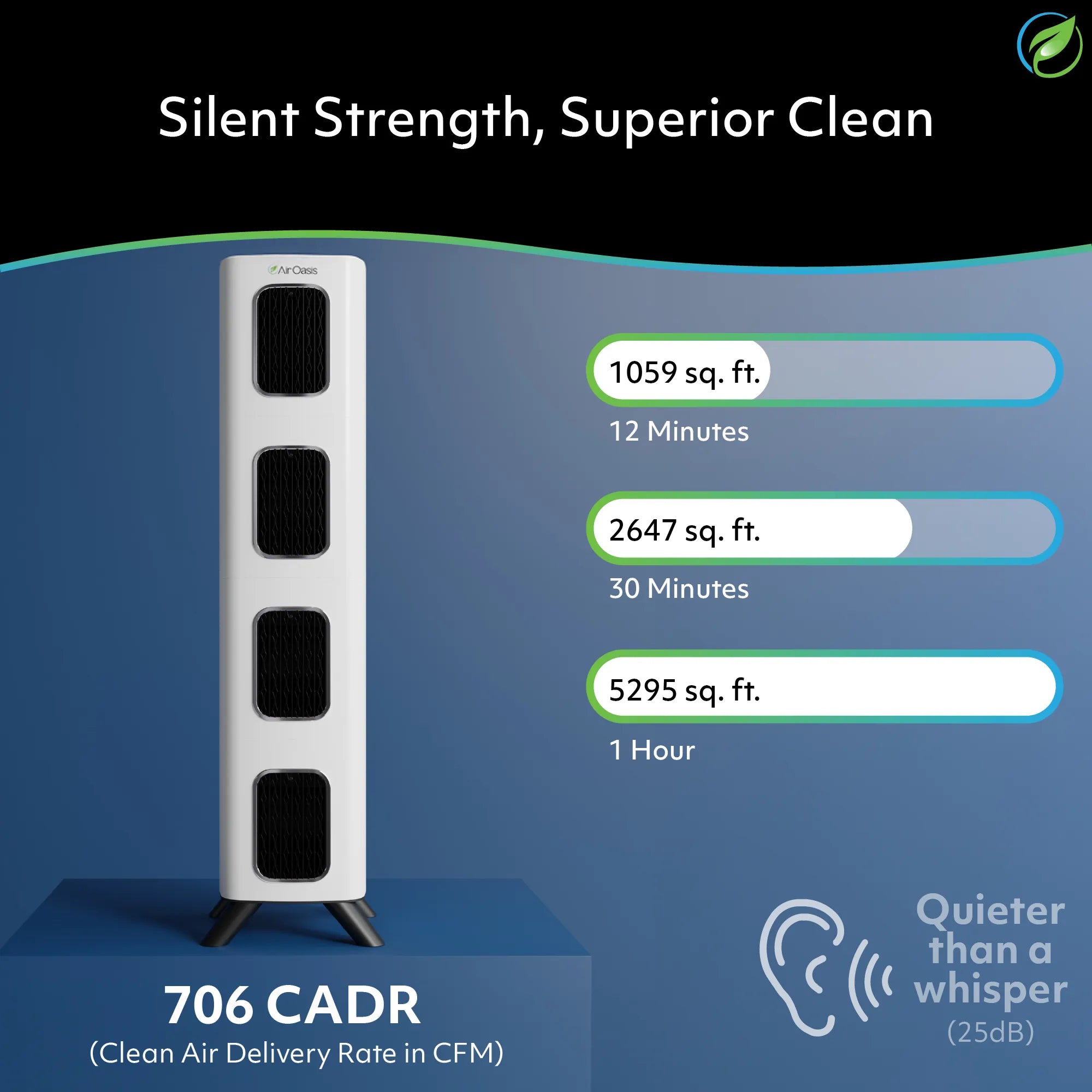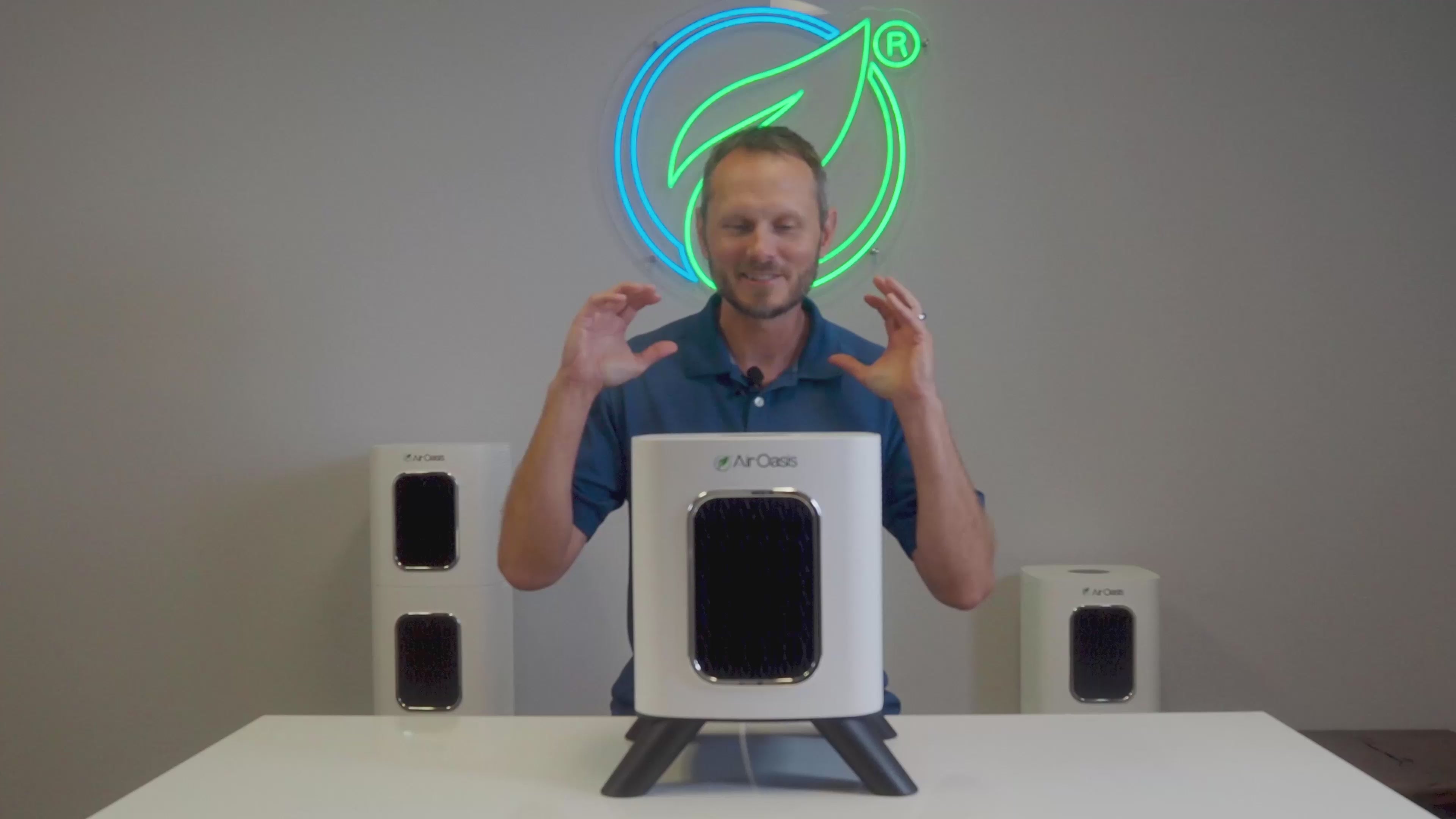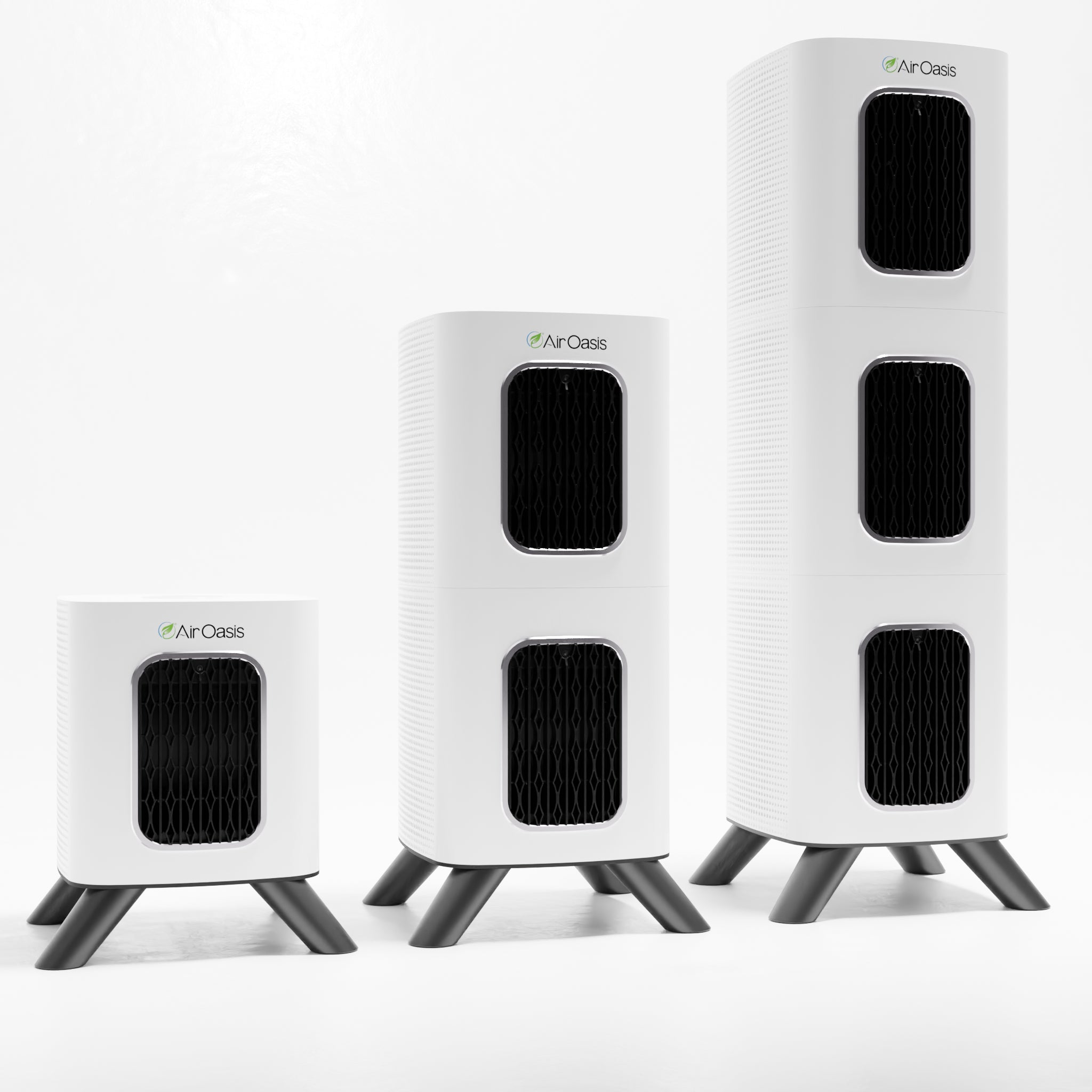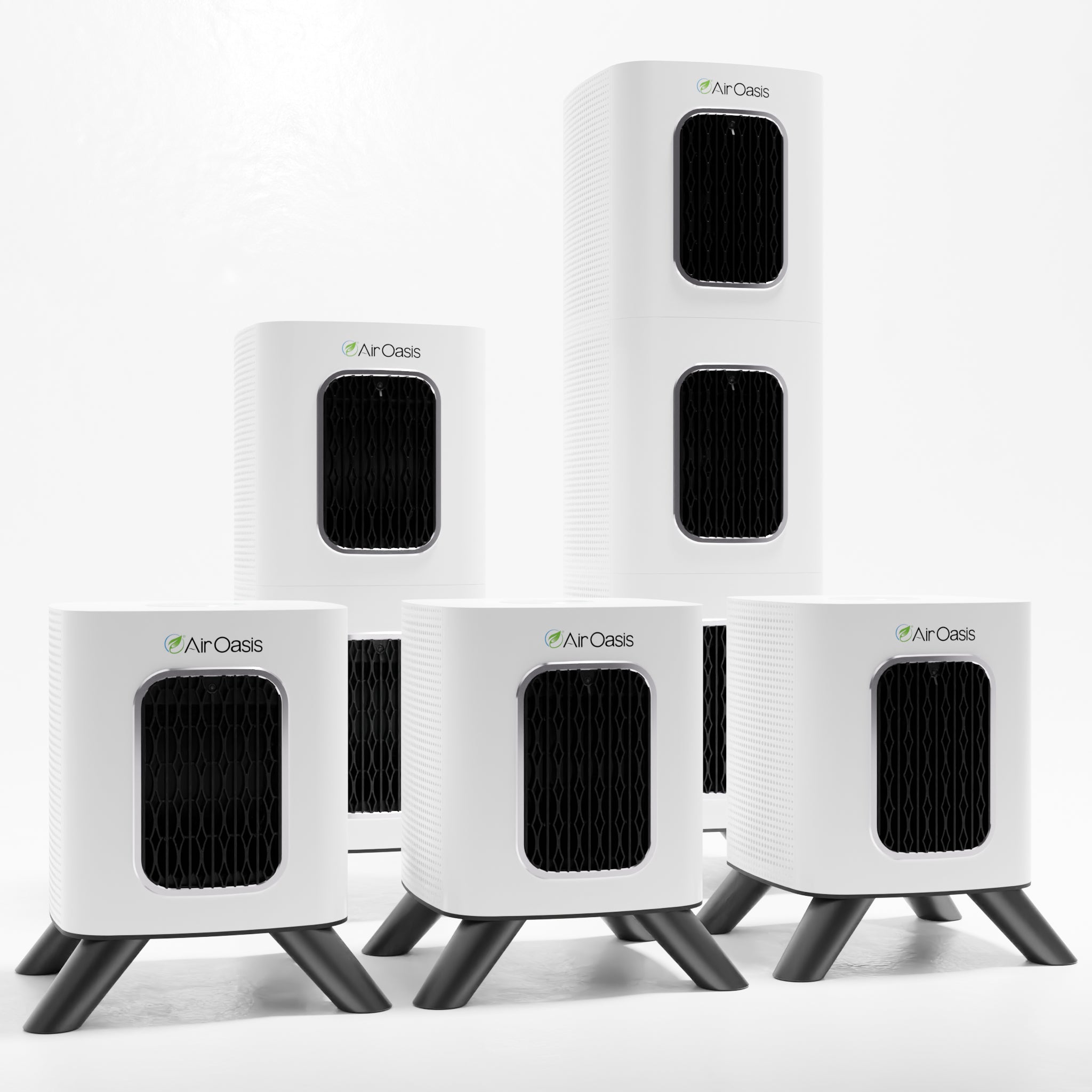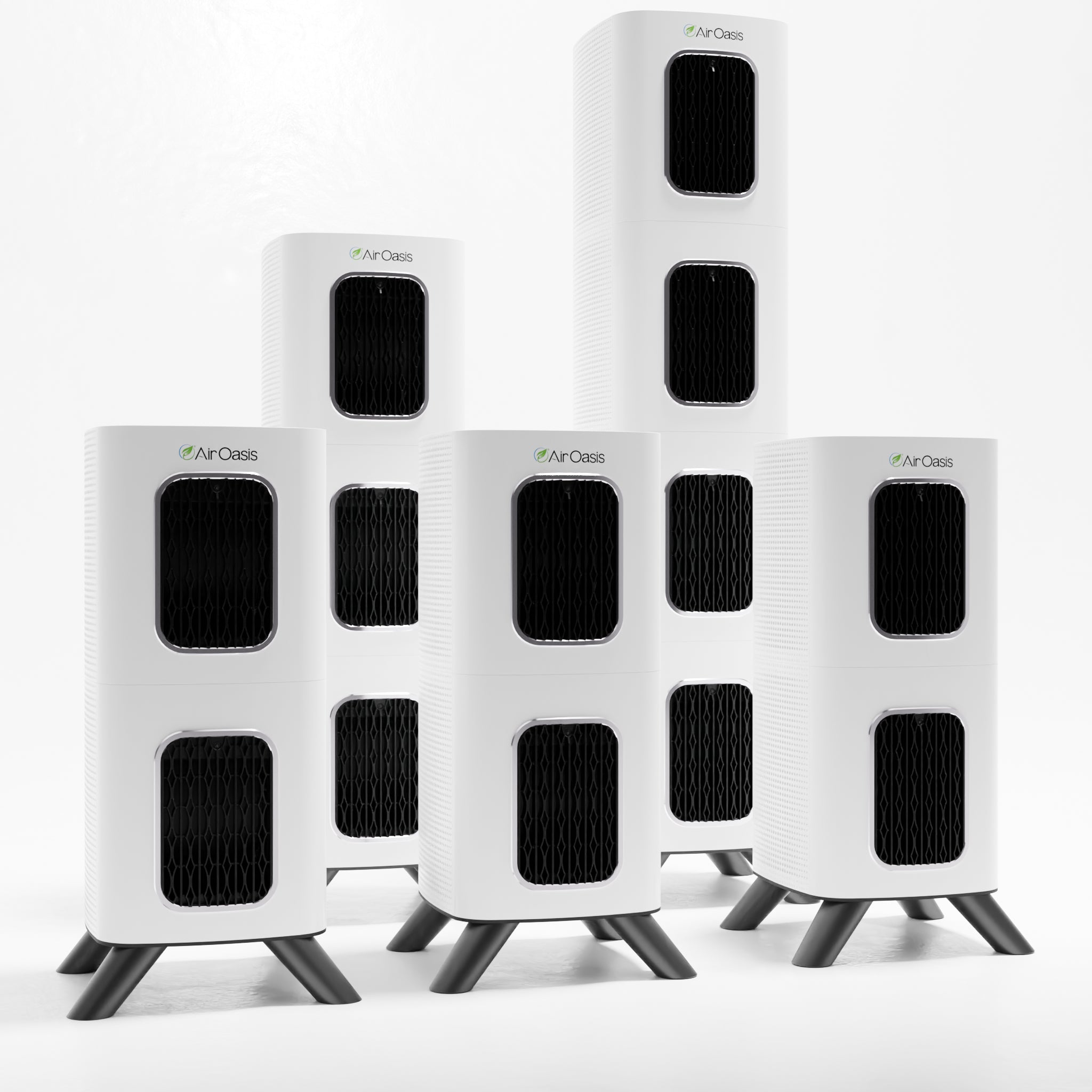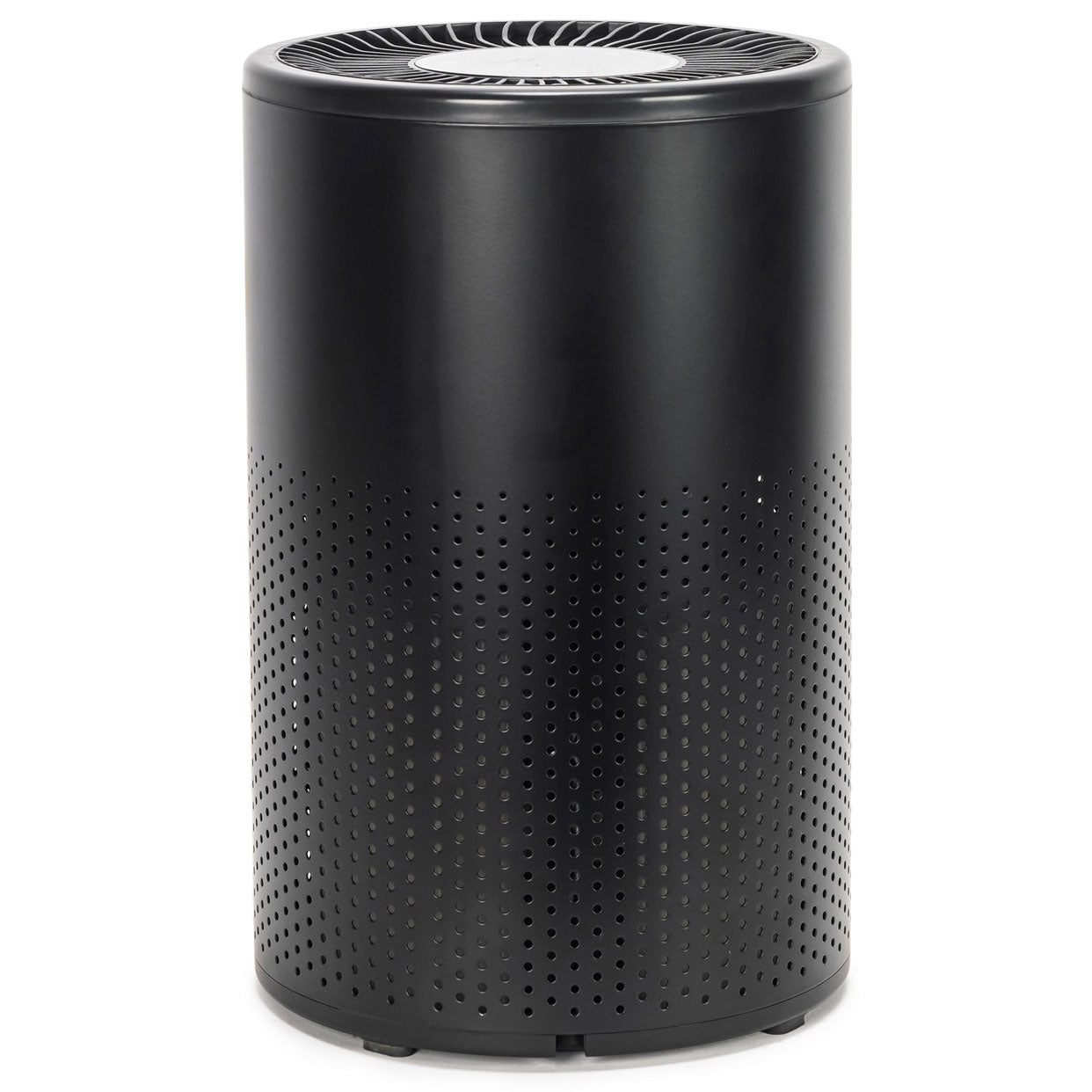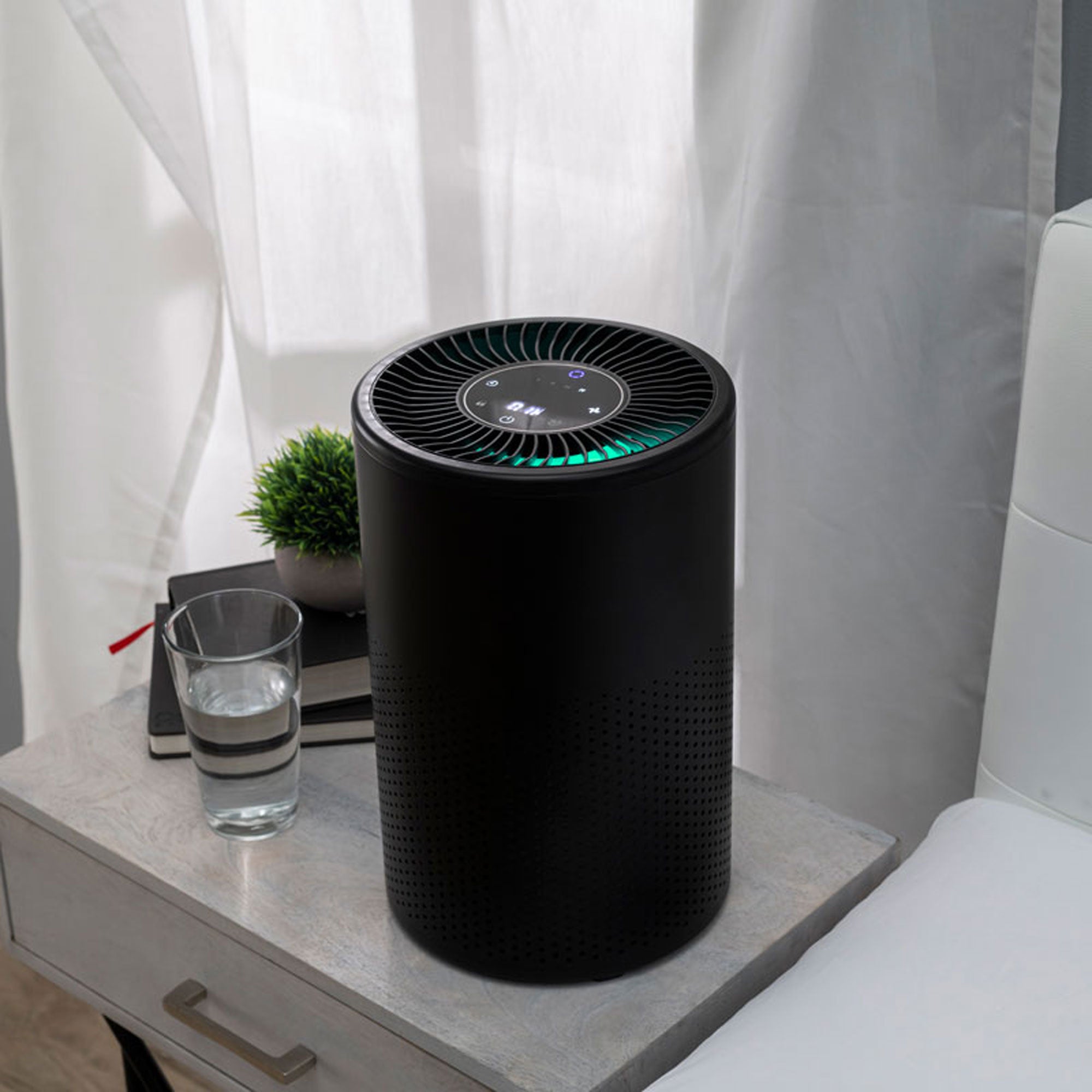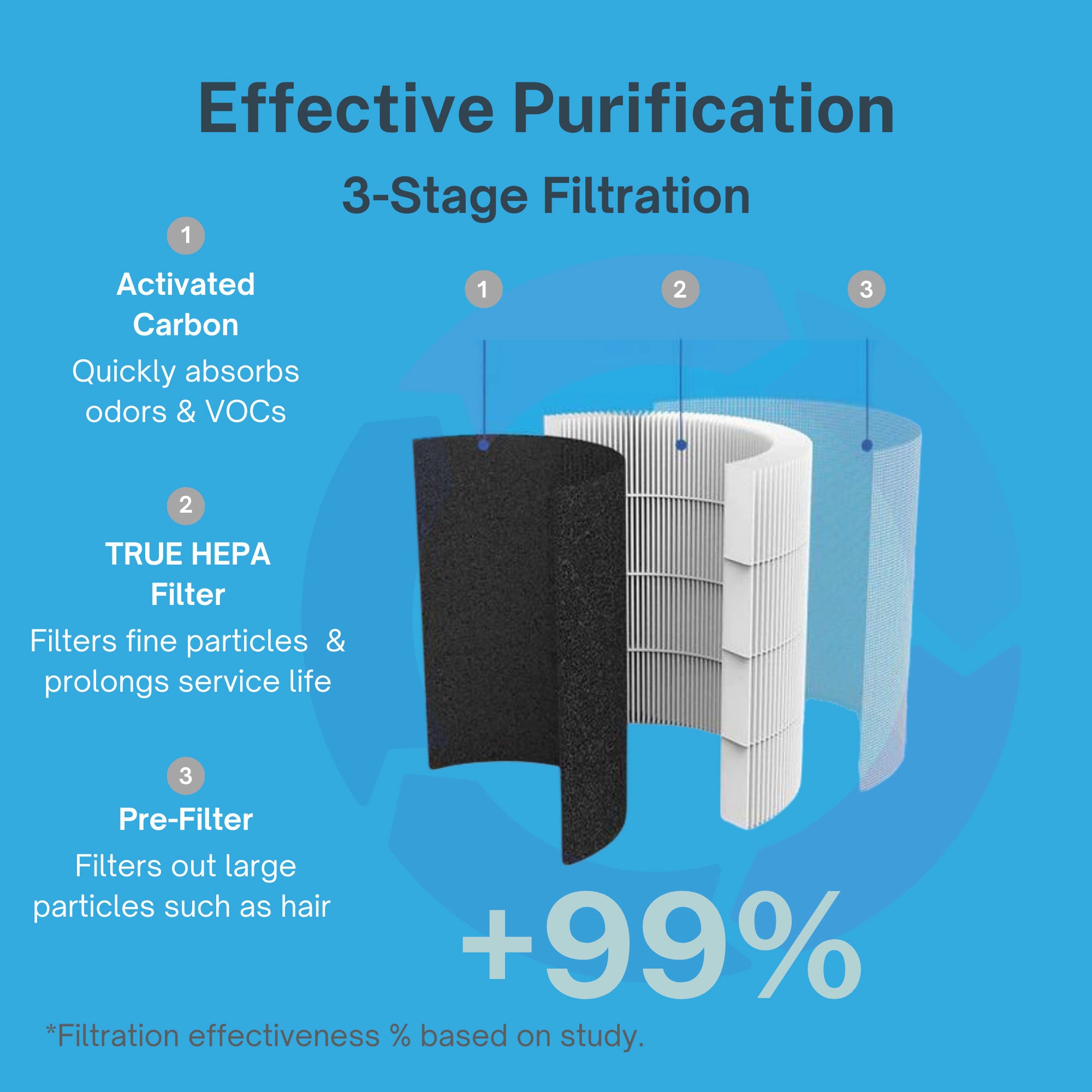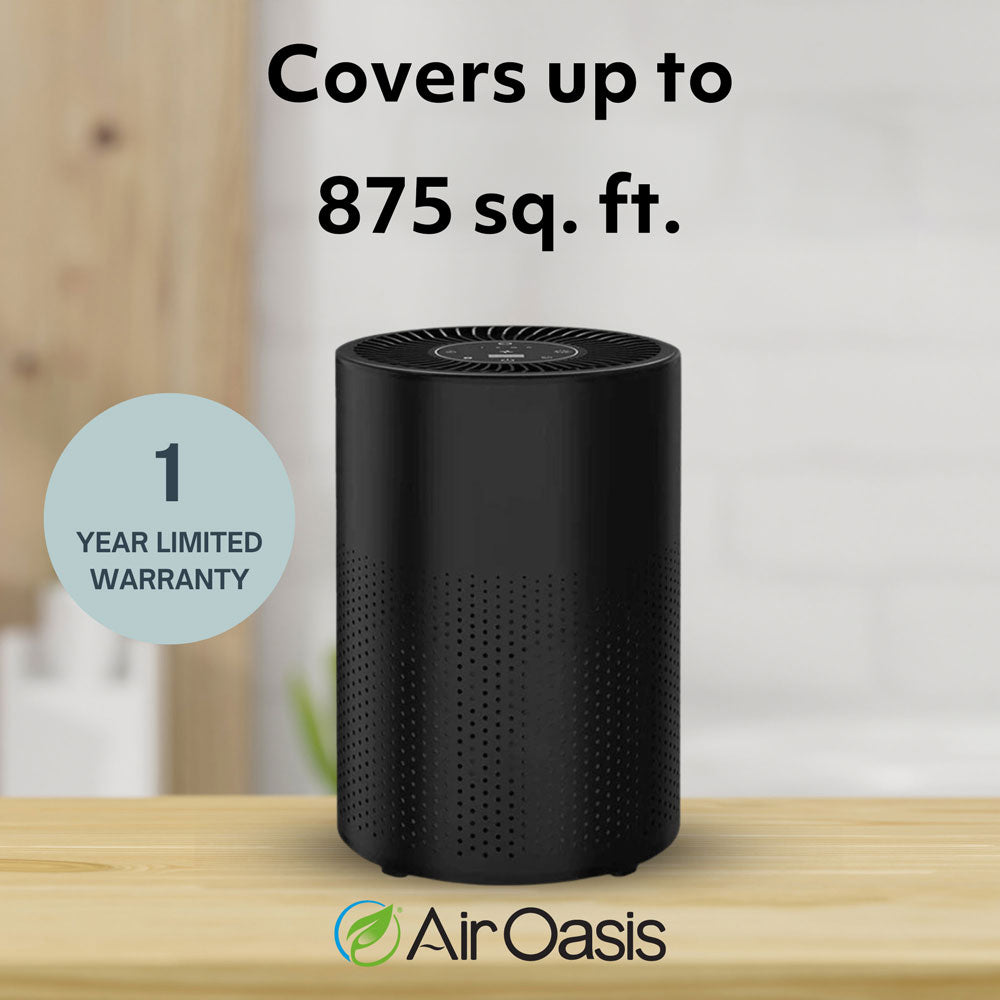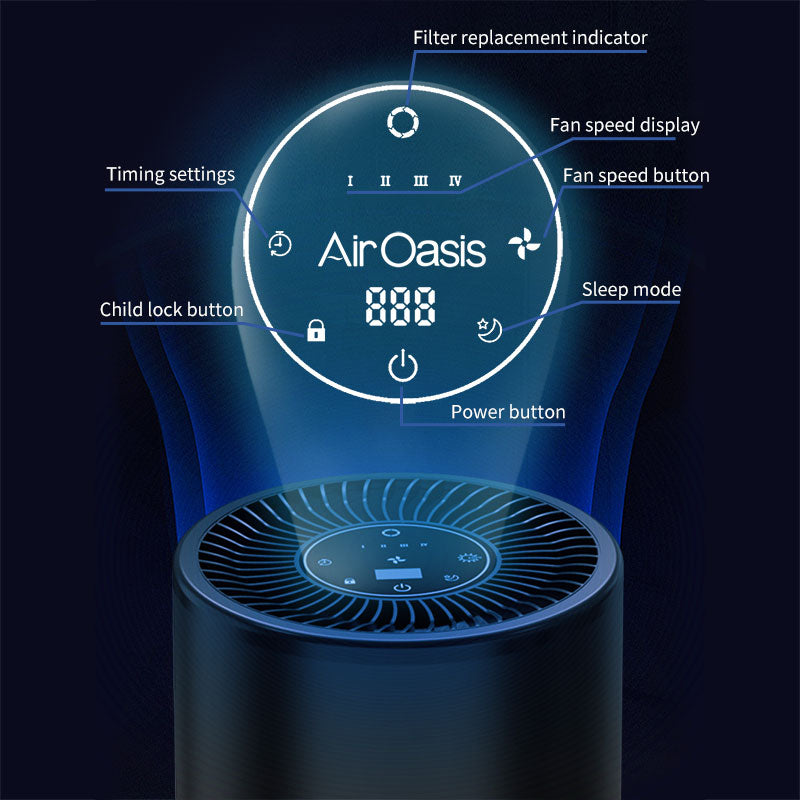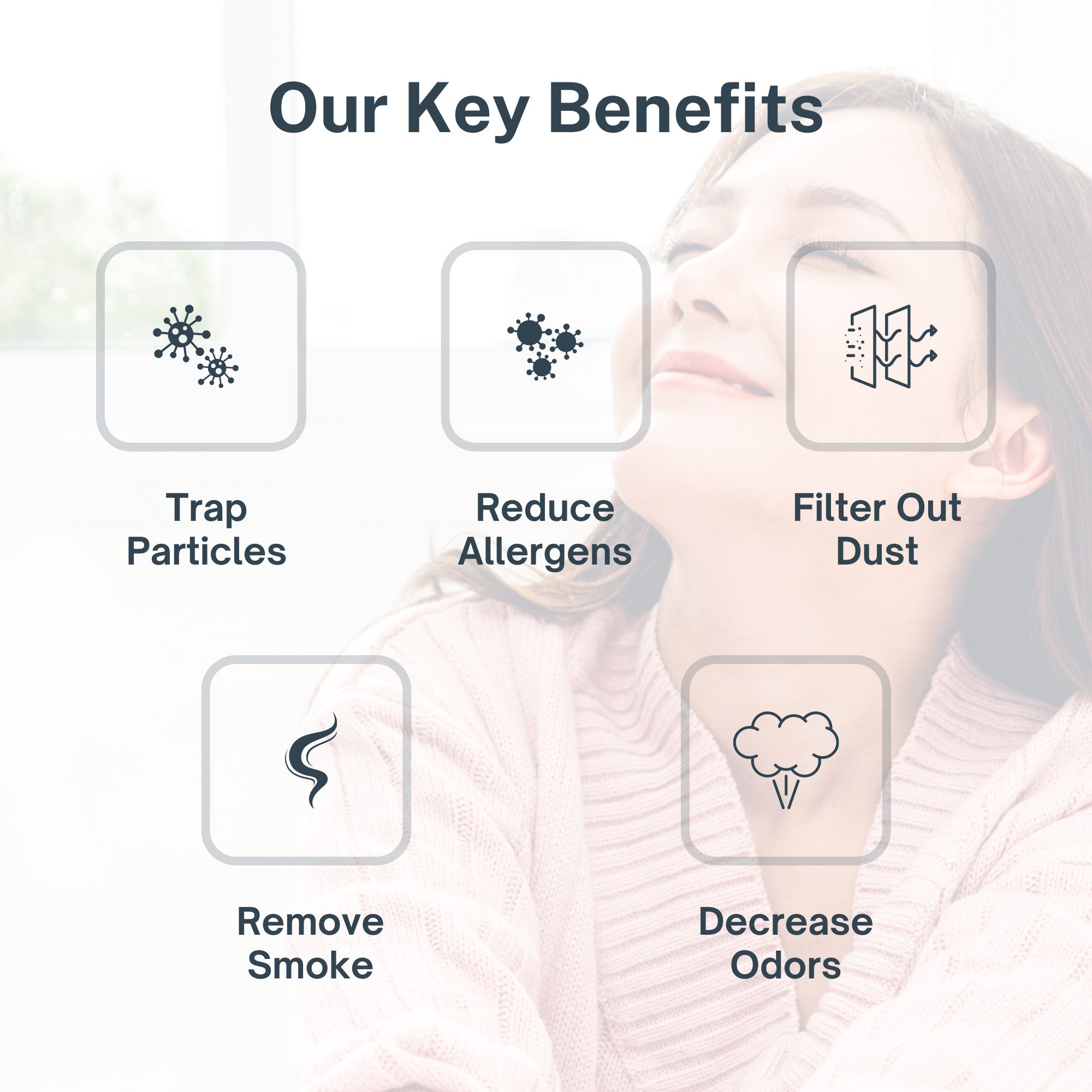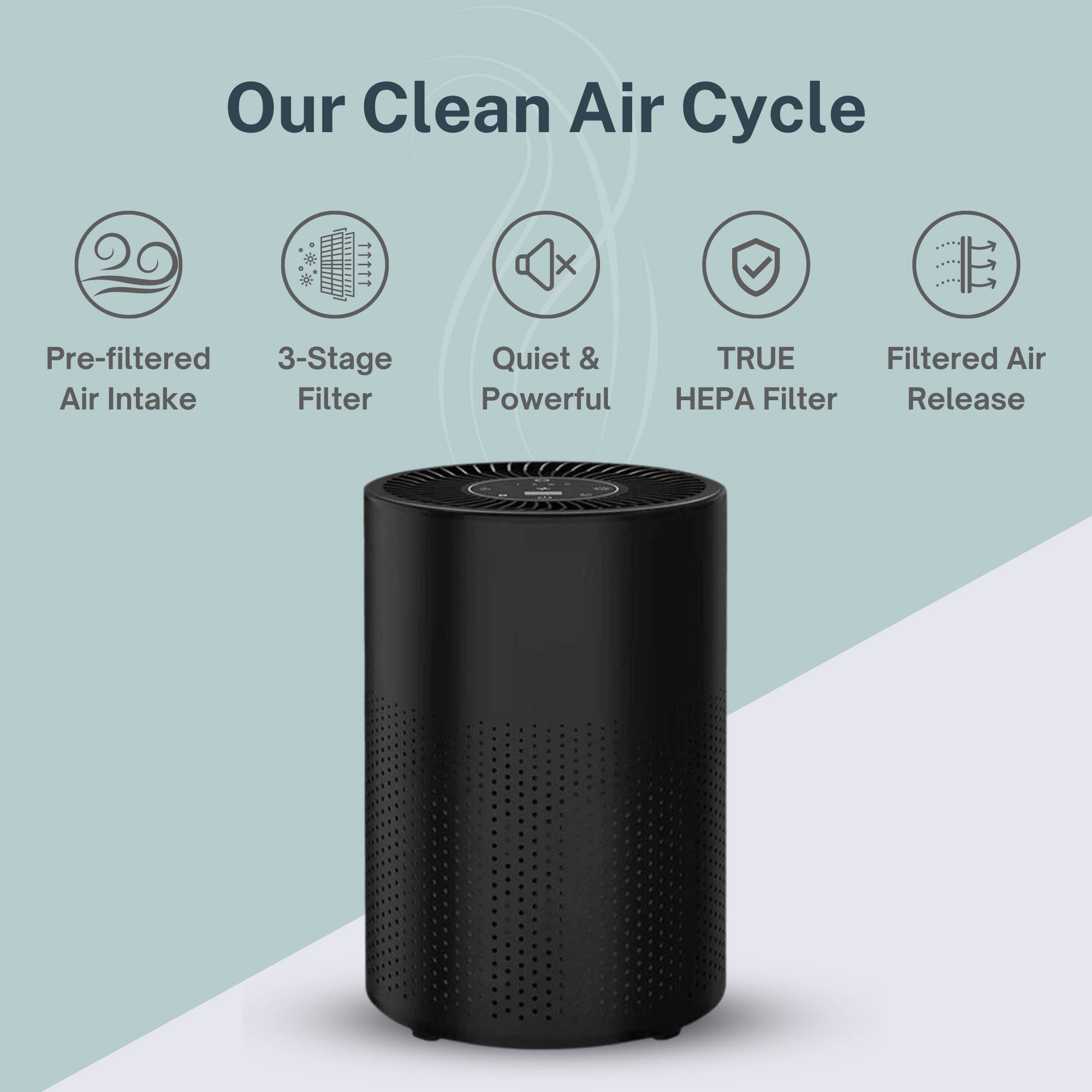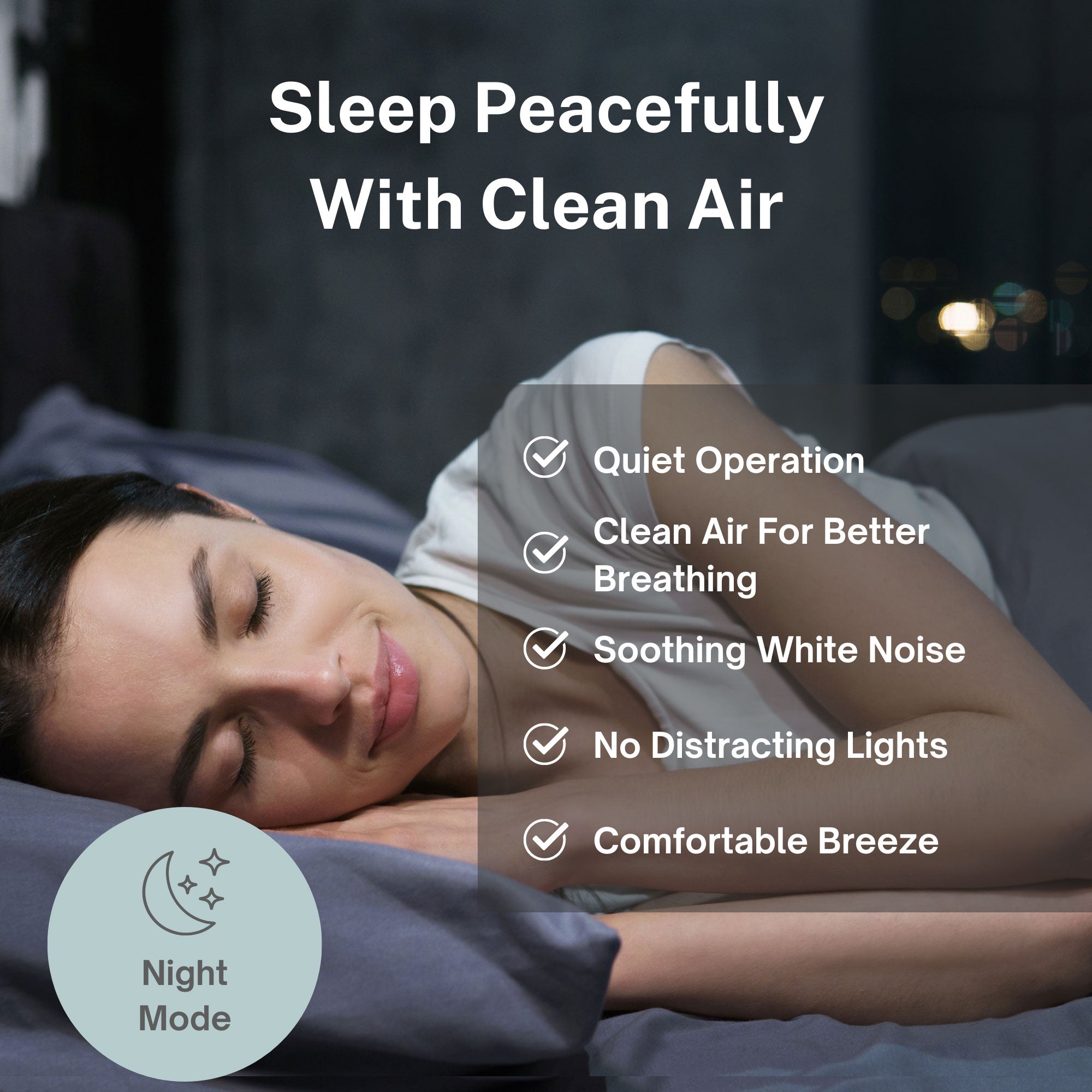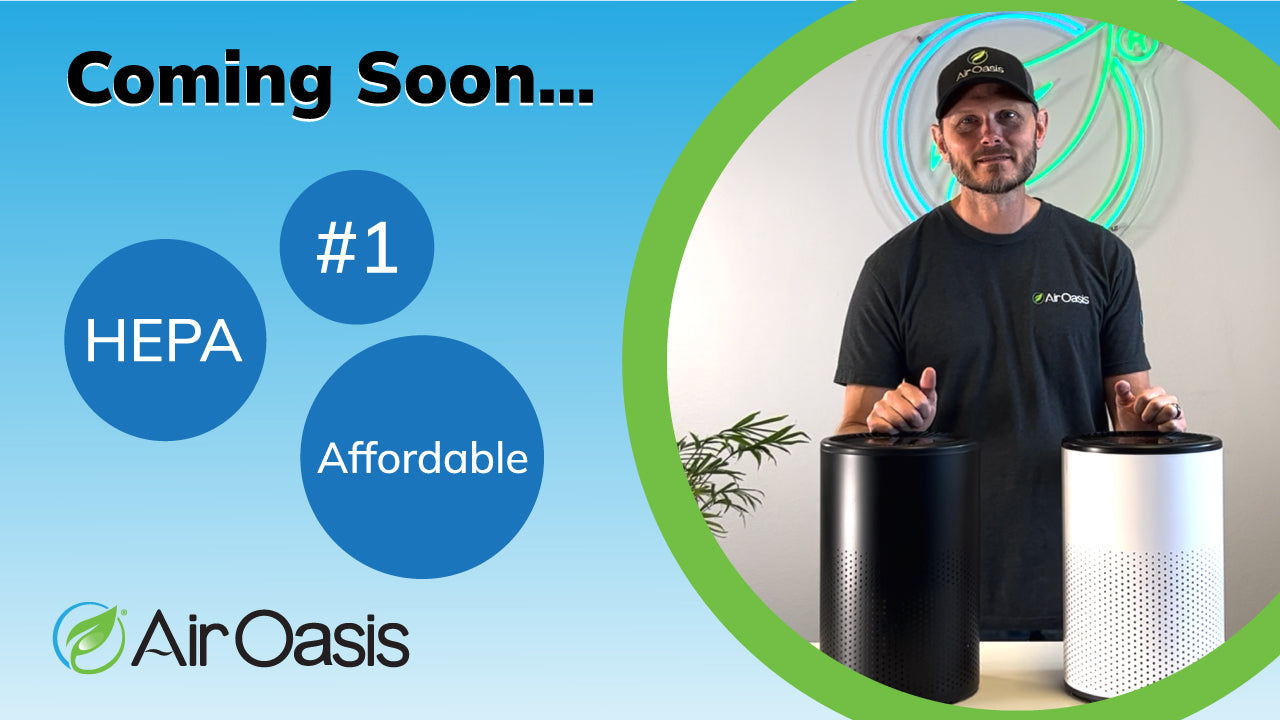Recycling programs promise environmental benefits by reducing landfill waste and conserving resources. Most people don't realize that recycling facilities themselves create significant air quality problems. The sorting, processing, and handling of recyclable materials release dust, particulate matter, and volatile organic compounds into surrounding communities. Understanding this connection helps protect your health while still supporting sustainable waste management.
How Recycling Facilities Generate Air Pollution
Material recovery facilities process tons of recyclable materials daily. Trucks deliver mixed recyclables that workers and machinery sort into categories: paper, cardboard, plastics, metals, and glass. Each step of this process generates airborne contaminants.
Mechanical sorting equipment crushes, shreds, and compresses materials. These operations create substantial dust and particulate matter. Paper and cardboard processing releases cellulose fibers into the air. Plastic handling generates microplastic particles. Glass breaking produces silica dust. Metal processing creates metal particulates and fumes.
Organic contamination in recycling streams compounds the problem. Food residue on containers supports bacterial and fungal growth. This biological material becomes aerosolized during sorting and processing, releasing bioaerosols into facility air and surrounding neighborhoods. Decomposing organics produce volatile organic compounds including ammonia and hydrogen sulfide.
Truck traffic serving recycling facilities contributes diesel exhaust emissions. Collection vehicles arrive continuously throughout operating hours. Their engines idle while waiting to unload. Exhaust accumulates in receiving areas and drifts into adjacent communities. Neighborhoods near recycling facilities often experience elevated pollution levels similar to areas near highways.
Particulate Matter From Waste Processing
Particulate matter represents the primary air quality concern from recycling operations. Materials handling creates dust across multiple size ranges. Larger particles settle quickly near facilities. Smaller particles measuring 10 micrometers or less travel farther and penetrate deeper into lungs when inhaled.
The most dangerous particles measure 2.5 micrometers or smaller. These fine particles bypass your body's natural defenses and lodge in lung tissue. They enter your bloodstream and trigger inflammation throughout your cardiovascular system. Chronic exposure increases risks for respiratory disease, heart attacks, strokes, and premature death.
Paper and cardboard processing generates substantial particulate matter. Dry, brittle materials break apart easily, releasing cellulose fibers. These organic particles carry mold spores, bacteria, and chemical residues from printing inks and coatings. Workers in paper recycling areas face high exposure levels, but particulates also escape facilities through exhaust systems and open doors.
Plastic sorting and processing creates microplastic particles. Recent research reveals that microplastics circulate globally in air currents. Communities near plastic recycling facilities experience elevated microplastic concentrations. The long-term health effects of microplastic inhalation remain under investigation, but early studies suggest cause for concern.
Glass recycling produces crystalline silica dust. This mineral dust causes silicosis, an irreversible lung disease, with prolonged exposure. While facilities implement dust control measures, some silica escapes into surrounding air. Residential areas downwind from glass processing operations face elevated silica exposure.
Chemical Emissions From Recycling Operations
Volatile organic compounds evaporate from recyclable materials and accumulate in facility air. Plastics release chemical additives including phthalates, flame retardants, and stabilizers. These compounds become airborne during heating processes used to reshape plastics for reuse.
Paper and cardboard contain solvents, adhesives, and coating chemicals that off-gas during processing. Magazine paper treated with glossy coatings releases particularly high VOC levels. Corrugated cardboard with water-resistant treatments emits chemicals as materials break down.
Electronic waste recycling presents special hazards. Circuit boards, batteries, and electronic components contain toxic materials including lead, mercury, cadmium, and brominated flame retardants. Dismantling electronics releases these substances as dust and fumes. Many recycling facilities lack adequate controls to prevent toxic emissions from escaping into communities.
Metal recycling operations generate fumes when materials are heated, cut, or processed. Aluminum recycling releases fluoride compounds. Steel processing produces metal oxide fumes. These emissions affect workers primarily but also impact air quality in surrounding neighborhoods during high-production periods.
Community Health Impacts
Residential areas near recycling facilities face chronic air quality challenges. Studies document elevated particulate matter concentrations in neighborhoods within a half-mile radius of large material recovery facilities. Communities downwind from facilities experience the worst impacts as prevailing winds carry pollution directly into residential areas.
Children attending schools near recycling facilities breathe contaminated air during critical developmental years. Repeated exposure to particulate matter and VOCs affects lung development and cognitive function. Asthma rates often run higher in these communities compared to areas without nearby industrial operations.
Elderly residents and people with existing respiratory or cardiovascular conditions face heightened risks from recycling facility emissions. Their bodies tolerate pollution exposure less effectively than healthy adults. What seems like acceptable air quality for most people can trigger serious health problems in vulnerable populations.
Property values decline in areas affected by recycling facility emissions. Odors, noise, and visible dust drive residents away when possible. Lower-income communities often lack political power to prevent facility siting or demand stronger pollution controls. Environmental justice concerns arise when recycling facilities concentrate in disadvantaged neighborhoods.
Indoor Air Quality Implications
Outdoor pollution from recycling facilities doesn't stay outside. Particulate matter and VOCs infiltrate homes through windows, doors, and ventilation systems. Standard residential air filters can't effectively capture the smallest, most dangerous particles or absorb gaseous contaminants.
Homes near recycling facilities accumulate higher dust levels requiring more frequent cleaning. This dust contains not just soil particles but also material processing residues including microplastics, paper fibers, and chemical contaminants. Regular dusting and vacuuming redistribute these particles into air where family members inhale them.
HVAC systems designed for typical residential use struggle when outdoor air contains elevated pollution. Standard filters clog faster, reducing system efficiency and potentially allowing unfiltered air to bypass filters entirely. Many homeowners near industrial facilities don't realize their heating and cooling systems provide minimal protection against external pollution sources.
Sleeping with windows open for ventilation becomes problematic near recycling operations. Night shifts at many facilities mean pollution generation continues around the clock. Residents seeking fresh air actually invite contaminated outdoor air directly into bedrooms where they breathe it for hours during sleep.
Protecting Your Indoor Environment
You can't relocate recycling facilities or change industrial zoning decisions. You can control what you breathe inside your home. This distinction becomes critical for families living near waste processing operations.
Medical-grade air purification removes particulate matter across all size ranges. True HEPA filtration captures 99.97% of particles as small as 0.3 micrometers. This includes the fine particulates that pose the greatest health risks. Continuous operation maintains clean indoor air regardless of outdoor pollution fluctuations.
Activated carbon filtration absorbs volatile organic compounds that HEPA filters can't capture. This includes chemical emissions from plastic processing, solvent vapors, and odorous compounds. Combined HEPA and carbon filtration addresses both particulate and gaseous pollutants simultaneously.
Strategic air purifier placement maximizes protection. Position units in bedrooms where family members sleep. Run purifiers in main living areas where you spend significant time. Create clean air zones throughout your home that provide refuge from outdoor pollution.
Monitor local air quality using available resources. Many communities with recycling facilities now have air quality monitoring stations that report real-time data. Understanding pollution patterns helps you make informed decisions about outdoor activities and window ventilation timing.
Balancing Environmental Goals and Health Protection
Recycling remains important for resource conservation and waste reduction. Society needs effective recycling systems to address environmental challenges. However, recycling operations shouldn't compromise the health of nearby residents. Improved facility design, better pollution controls, and thoughtful siting decisions can reduce community impacts.
As an individual, you can support recycling while protecting your family's respiratory health. Clean your recyclables before disposal to reduce organic contamination. Support policies requiring stronger air quality controls at processing facilities. Advocate for environmental justice in facility siting decisions.
Most importantly, take control of your indoor air quality. You deserve to breathe clean air at home regardless of nearby industrial operations. Medical-grade air purification provides proven protection against pollution sources you can't eliminate.
Ready to protect your family from recycling facility emissions and other outdoor pollution sources? Advanced filtration removes particulate matter, microplastics, and chemical contaminants that threaten respiratory health. Shop Air Oasis today and create the clean air sanctuary your family deserves.





